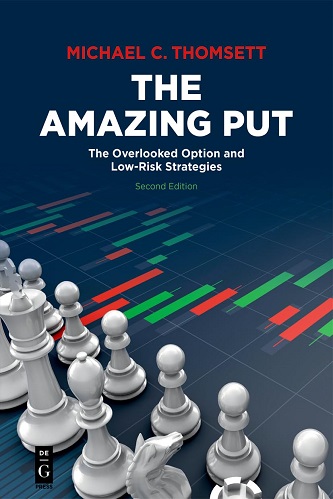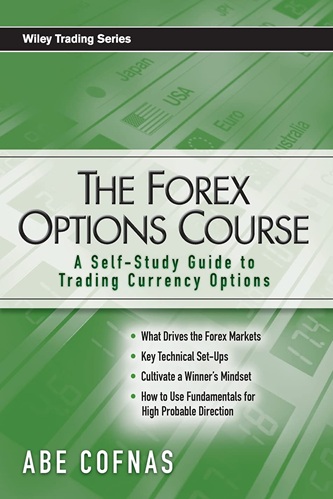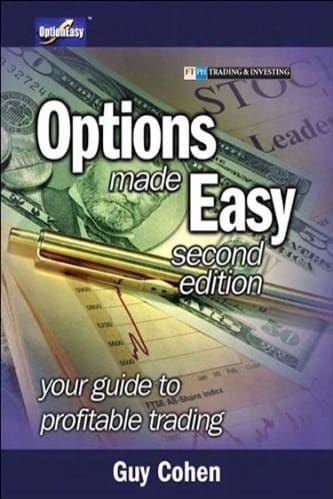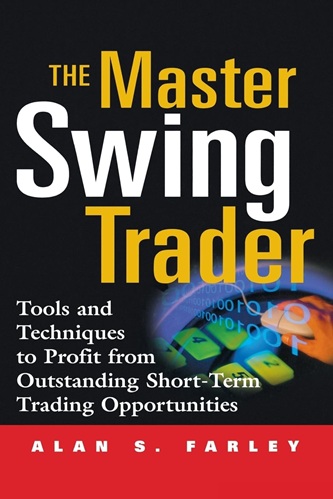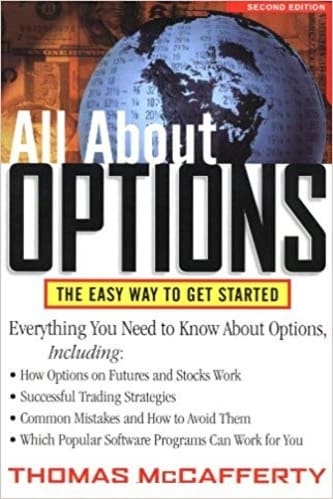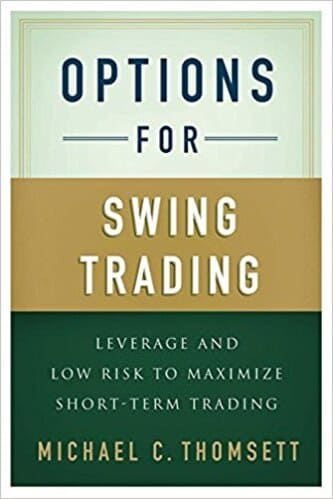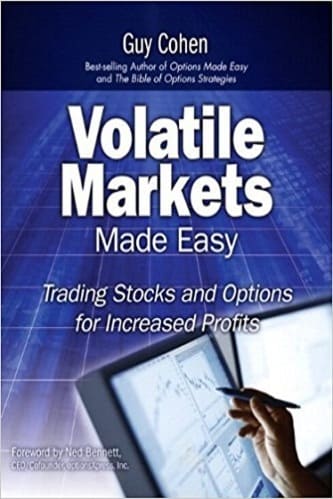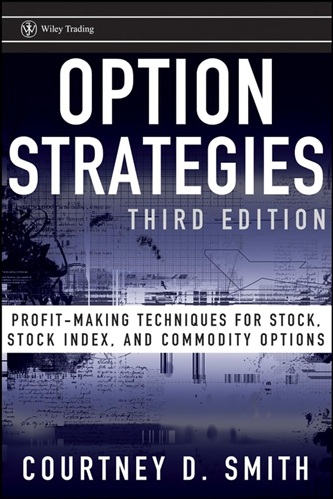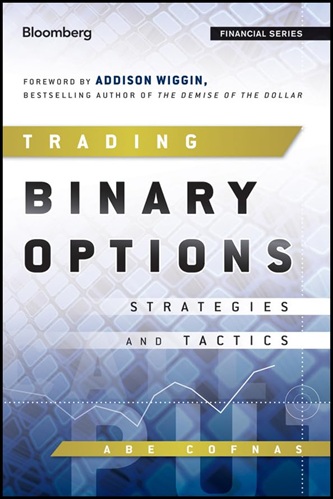The Amazing Put: The Overlooked Option and Low-Risk Strategies
$20.50
| Author(s) | |
|---|---|
| Format |
|
| Pages |
188 |
| Publication Year |
2019 |
The Amazing Put demonstrates the many strategies based on the put option, including the risk hedge, a long put (often a long-term, or LEAPS put) that freezes market risk at the put’s strike (minus its premium); and the short uncovered put, which has market risk identical to the covered call. The author methodically lays out the case for using puts wisely, both as a cash generator with low risk, and as a risk hedge to reduce or eliminate market risk in equity positions. Every options trader will benefit from exploring these strategies, and novices will gain a starting point in developing a program to enhance their stock portfolio.
Introduction:
There are so many possible uses for options and specifically for puts, that you can take advantage of the potential in any kind of market. Whether prices are depressed or inflated, and whether the mood is bull or bear, puts are effective devices for maximizing profits. In volatile and falling markets, the value of puts is at a maximum. This is true because the mood in the markets is always fearful at such times. When market prices are rising rapidly, euphoria and even unjustified optimism rule, and in these conditions, putting money at risk is easy. But on the opposite side of the spectrum, when prices are low, doom and despair are the ruling emotions; few people are willing to put money at risk in this environment.
All markets are cyclical, and that is why using puts as portfolio management devices should remain flexible. The most depressing market—whether in stocks, real estate, credit, or housing—is eventually going to come back and improve. When at the worst portion of a cycle, it always seems permanent and investors cannot see their way to a recovery. But recovery does occur and it always takes the markets by surprise.
Historical trends, when viewed in perspective, make the point that even the most volatile current market needs to be analyzed in context. Most market cycles last between two and five years, and the longer the trend, the more rapid the reversal seems to be. Past cycles have demonstrated this interesting tendency time and again. What this means for investors is that volatility and uncertainty—as troubling as they are—present opportunities as well. And using puts to take advantage of volatility can be quite profitable in several ways:
- producing short-term profits simply by timing buy-and-sell decisions based on rapid and volatile price changes
- protecting long stock positions by using puts as a form of insurance for paper profits
- entering into contingent purchase positions of stock using puts rather than committing funds
- employing a variety of combined strategies to hedge risk while producing short-term profits and leveraged control over stock
This book explains all of the put-based strategies in detail and shows how even a troubled market presents great opportunities to keep you in control. The worst aspect of volatile markets is a sense of not having control over events, and puts can be used to offset this apprehension. You have probably heard that astute traders can earn profits in all types of markets. Puts are among the best devices to accomplish that goal.
Contents:
- The Flexible Nature of Options: Risks for All Levels
- Puts, the Other Options: The Overlooked Risk Hedge
- Profit-taking Without Selling Stock: An Elegant Solution
- Swing Trading with Puts: Long and Short or Combined with Calls
- Put Strategies for Spreads: Hedging for Profit
- Put Strategies for Straddles: Profits in Either Direction
- Puts in the Ratio Spread: Altering the Balance
- Puts as Part of Synthetic Strategies: Playing Stocks Without the Risk
- Puts in Contrary Price Run-Ups: Safe Counter-plays During Bear Markets
- Uncovered Puts to Create Cash Flow: Rising Markets and Reversal Patterns
- Uncovered Puts in Recovery: An Essential Strategy to Offset Loss
- Puts and Risk: A Range of Risk Levels and a Conservative Trading Goal
The Amazing Put: The Overlooked Option and Low-Risk Strategies By Michael C. Thomsett pdf

